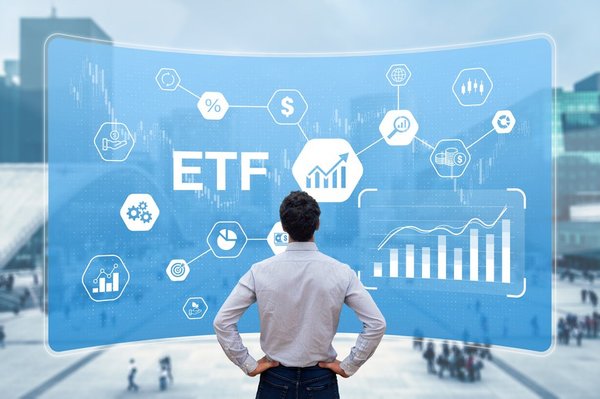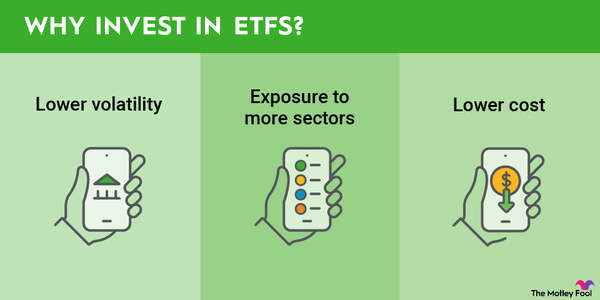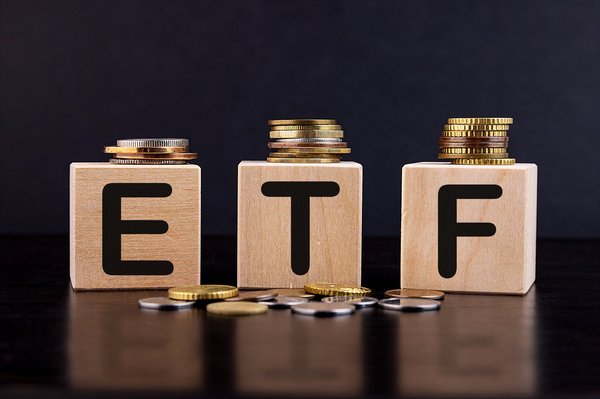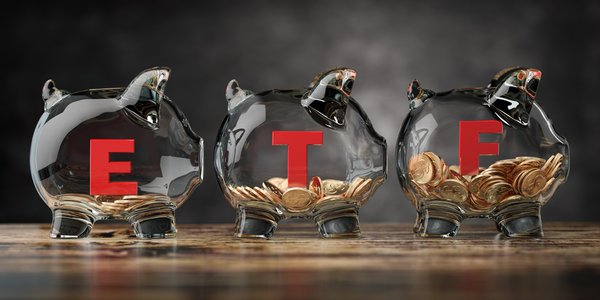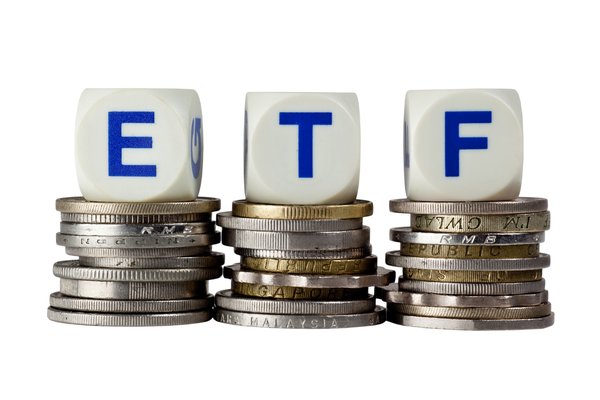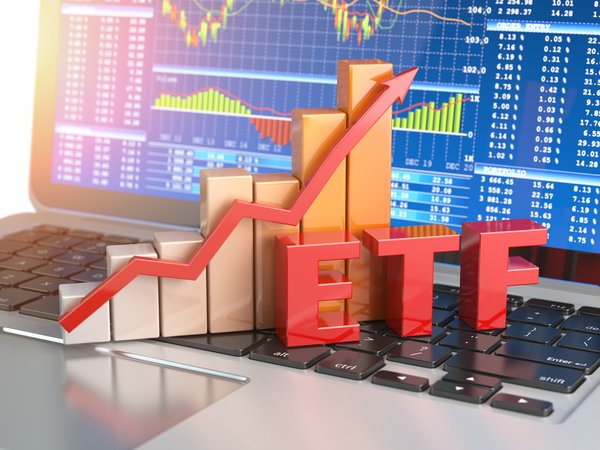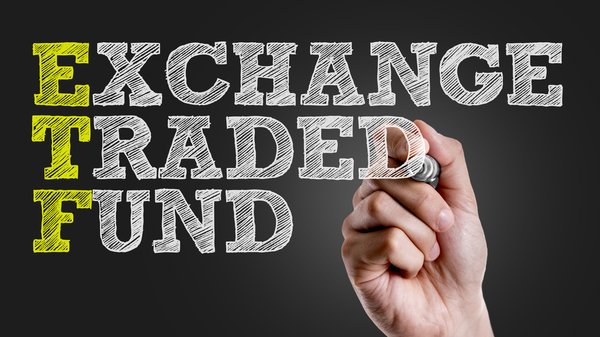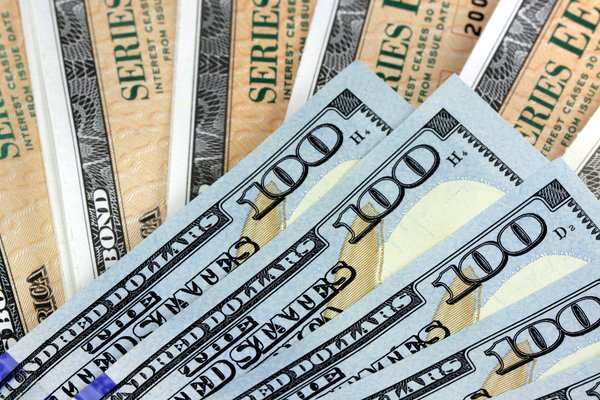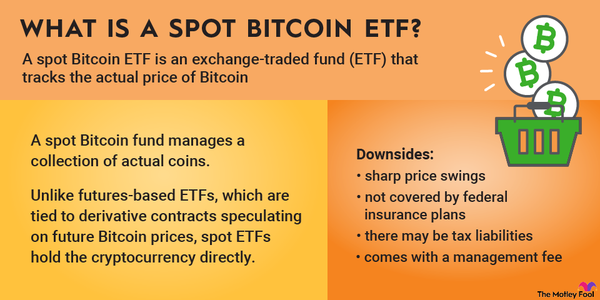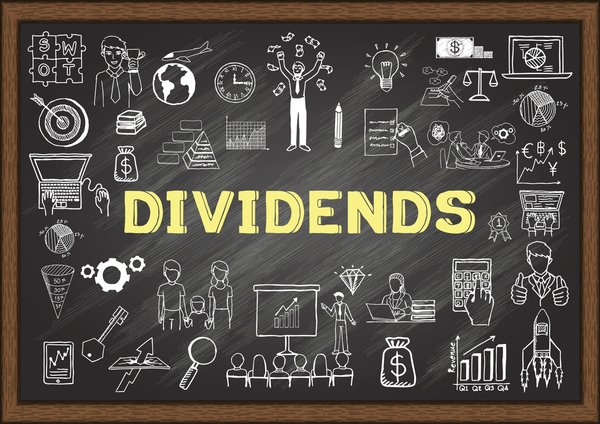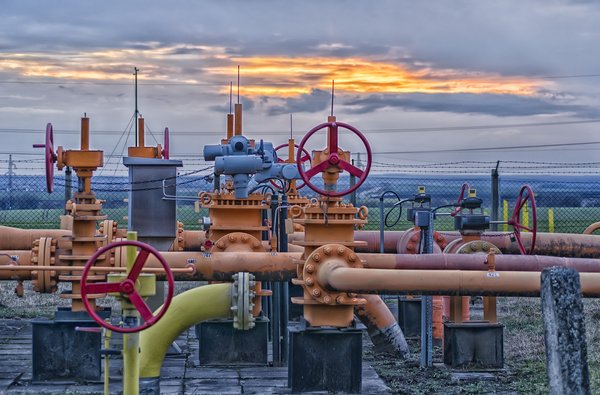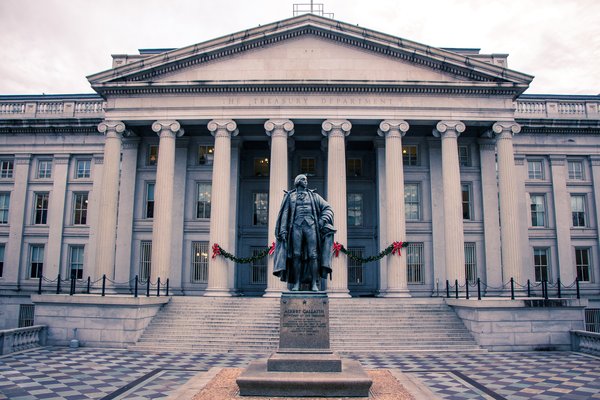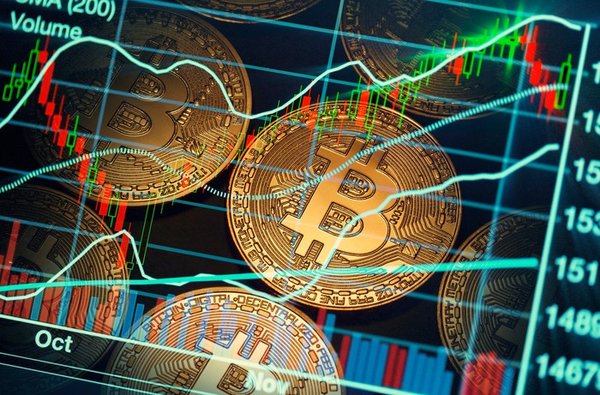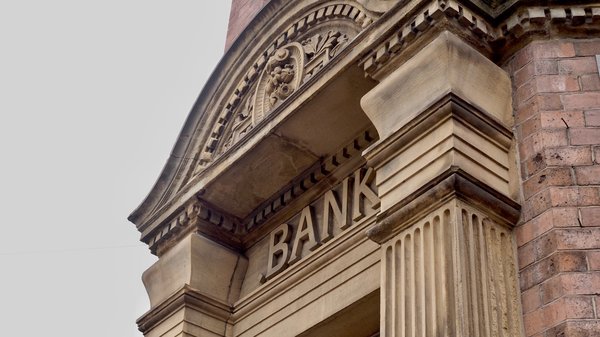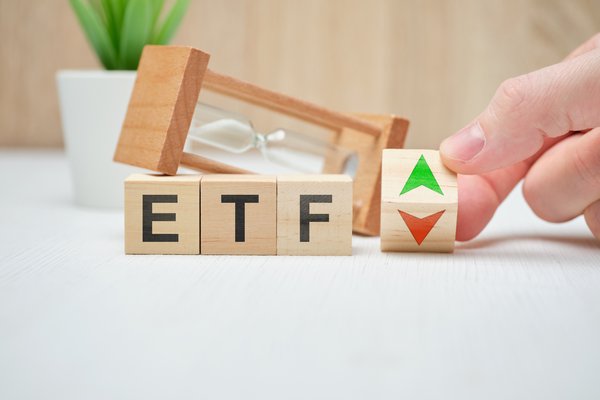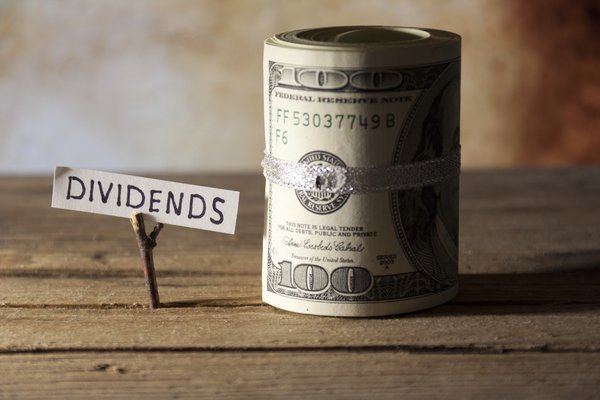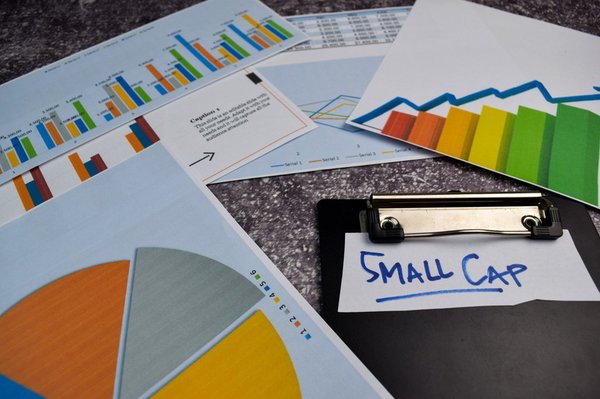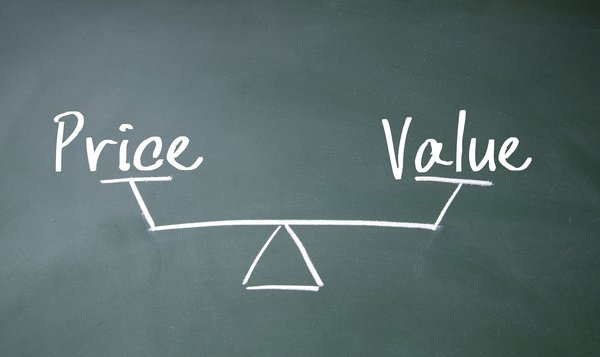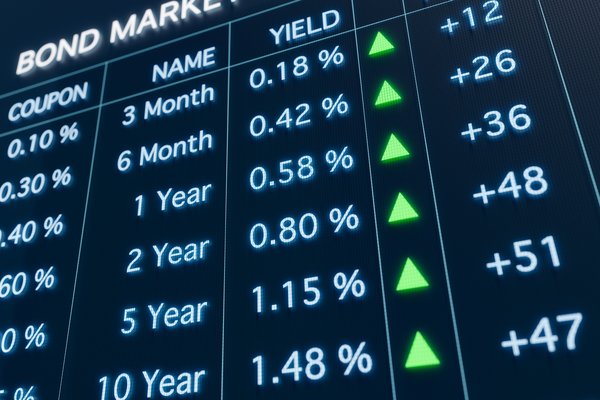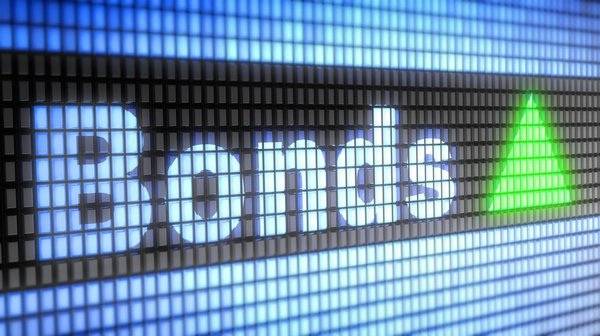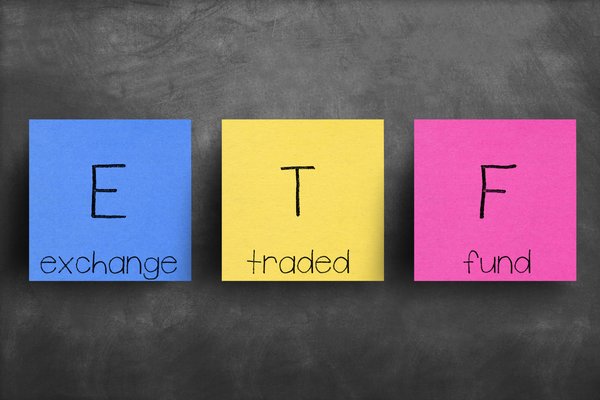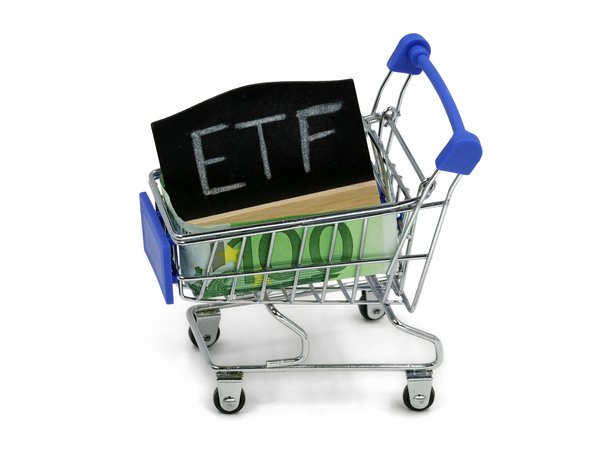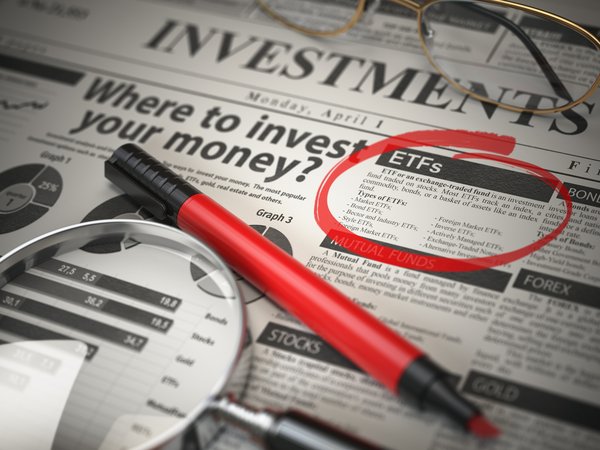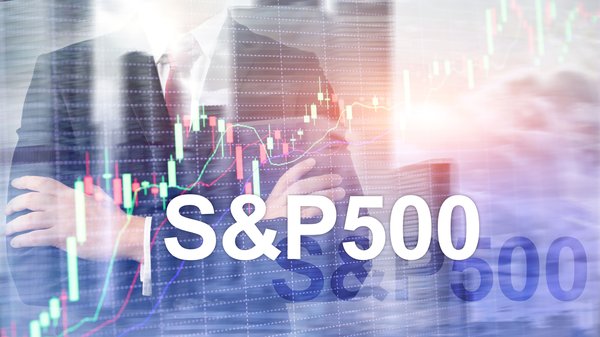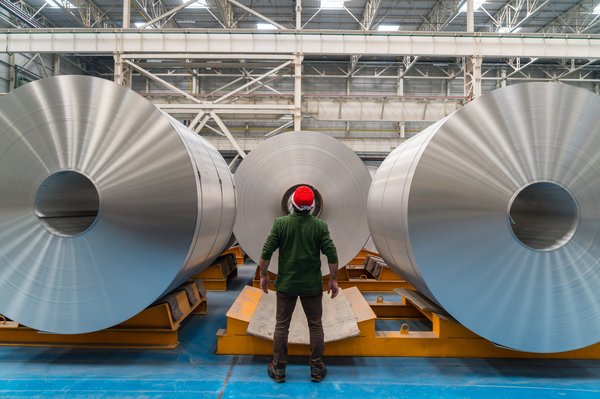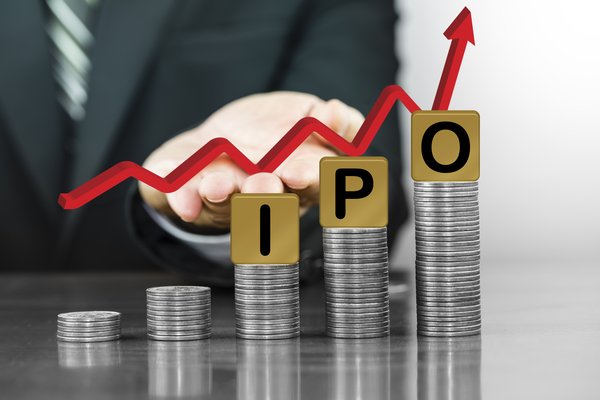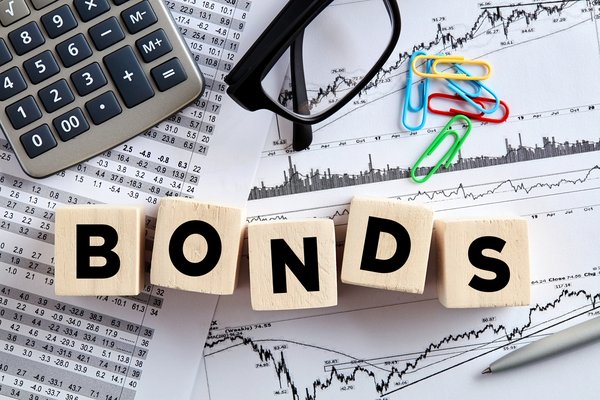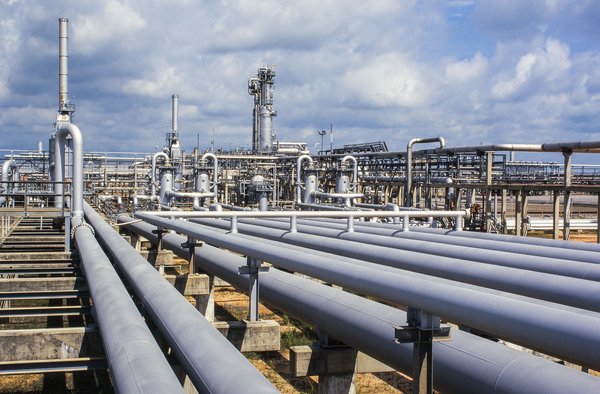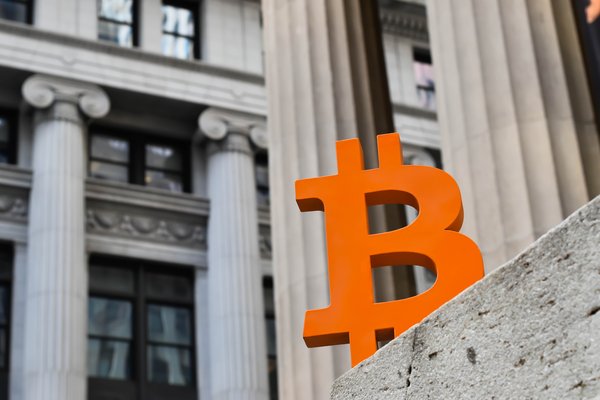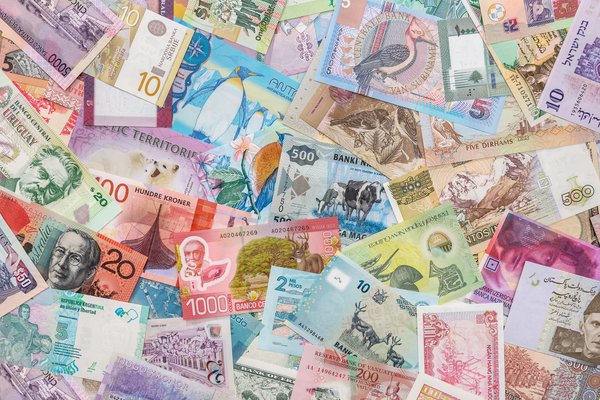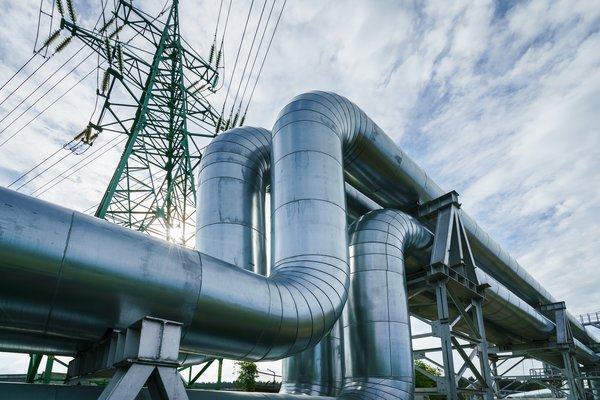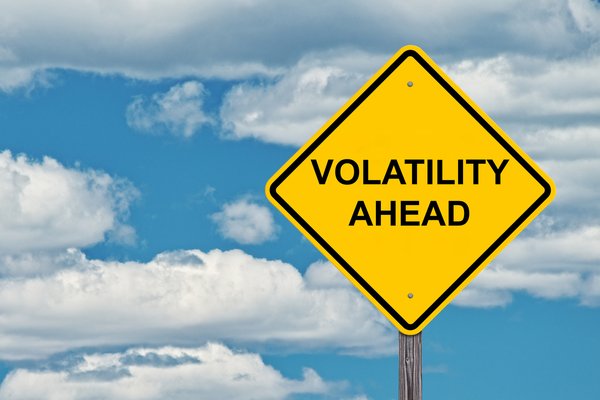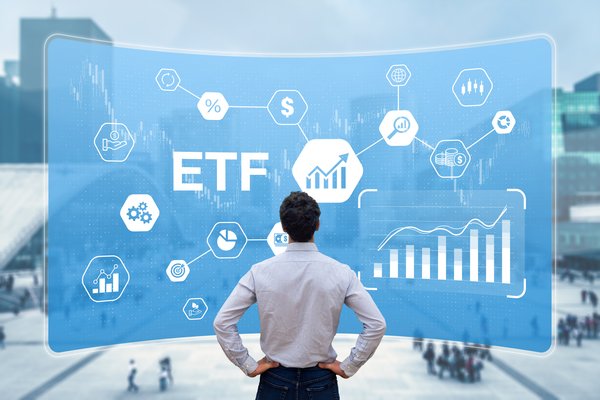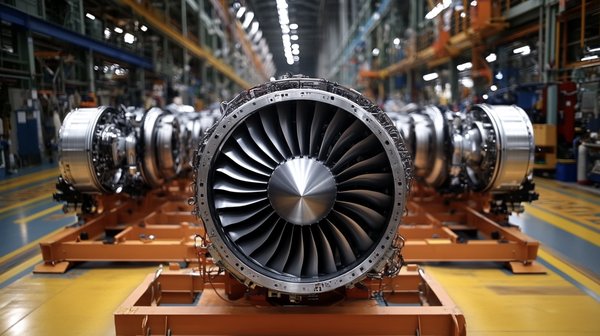
Investors bullish on the future of American infrastructure can use the iShares U.S. Infrastructure ETF (IFRA 0.65%) to gain exposure to the theme.
Infrastructure is a cross-disciplinary play that spans industrials, materials, utilities, and energy, offering potential protection against inflation while positioning investors to benefit from ongoing stimulus spending.
Still, this is only one of several infrastructure exchange-traded funds (ETFs) available, and despite the prominence of the iShares brand, it may not be the best fit for every portfolio.
Here’s what you need to know as a beginner ETF investor to make an informed decision.
Exchange-Traded Fund (ETF)
What is it?
What is iShares U.S. Infrastructure ETF?
This ETF is a passive fund that tracks the NYSE FactSet U.S. Infrastructure Index. That means it doesn’t pick stocks based on active decisions, but instead follows a rules-based approach set by the index.
The benchmark covers 152 U.S. infrastructure companies divided into two groups. The first includes owners and operators such as railroads, utilities, and pipelines. The second includes enablers like materials providers for concrete, aggregates, and steel, as well as construction firms, contractors, and architects.
Launched in April 2018, this ETF has grown to just over $2.9 billion in assets under management. It trades with a tight 0.06% 30-day median bid-ask spread, making it fairly liquid.
The ETF carries a five-star Morningstar rating, ranking near the top of its peer group of 79 funds for historical risk-adjusted returns. With a beta of 1.04 and a 19.41% standard deviation, it has been slightly more volatile than the broader market.
How to invest
How to invest in iShares U.S. Infrastructure ETF
- Open your brokerage app: Log in to your brokerage account where you handle your investments.
- Search for the ETF: Enter the ticker or ETF name into the search bar to bring up the ETF's trading page.
- Decide how many shares to buy: Consider your investment goals and how much of your portfolio you want to allocate to this ETF.
- Select order type: Choose between a market order to buy at the current price or a limit order to specify the maximum price you're willing to pay.
- Submit your order: Confirm the details and submit your buy order.
- Review your purchase: Check your portfolio to ensure your order was filled as expected and adjust your investment strategy accordingly.
Holdings
Holdings of iShares U.S. Infrastructure ETF
Infrastructure is not an official GICS sector. Instead, it cuts across multiple sectors, and the ETF reflects this by spreading its portfolio across four main areas: utilities at 42%, industrials at 31%, materials at 20%, and energy at 6%.
Utilities include electric and gas companies whose revenues come from operating regulated assets. Industrials capture engineering, construction, and transport firms that build and move infrastructure. Materials cover steel, aggregates, and other inputs that supply projects. Energy includes pipeline and related companies.
What unites these holdings is not their sector label but the cash flows tied to U.S. infrastructure development and operation.
Valuations for the ETF are neither particularly low nor high. On average, IFRA trades at a price-to-earnings (P/E) ratio of 19.94 and a price-to-book (P/B) ratio of 2.0.
The fund holds more than 150 companies, with the top 10 positions including:
- Hawaiian Electric Industries (HE 0.54%): 0.84%
- Primoris Services (PRIM -1.62%): 0.83%
- Tutor Perini (TPC 0.6%): 0.83%
- Bowman Consulting Group (BWMN -0.69%): 0.81%
- Cleveland-Cliffs (CLF 0.28%): 0.81%
- Evergy (EVRG 0.7%): 0.80%
- Comfort Systems USA (FIX -1.8%): 0.79%
- IDACORP (IDA 0.27%): 0.79%
- Norfolk Southern (NSC 0.57%): 0.79%
- Sterling Infrastructure (STRL -0.59%): 0.79%
Should I invest?
Should I invest in iShares U.S. Infrastructure ETF?
If your goal is simply to invest in U.S. infrastructure long-term without picking between subthemes, IFRA works well as a one-size-fits-all option.
It captures both sides of the market: owners and operators, like utilities and railroads, and enablers, like steelmakers, contractors, and engineering firms. Where it falls short is that it can feel like a jack-of-all-trades.
If you want growth potential, a fund more focused on enablers may be better. If you want inflation-linked cash flows and lower volatility, the owner-operator side may be more appealing.
The iShares U.S. Infrastructure ETF combines both approaches, which is exactly what iShares designed it to do: Give broad exposure across the domestic infrastructure spectrum in a diversified manner.
Dividends
Does iShares U.S. Infrastructure ETF pay a dividend?
Yes. It pays a dividend with a 30-day SEC yield of 1.86%, distributed quarterly. That makes it more income-friendly than some development-heavy peers, though not a high-yield option.
Expense ratio
What is iShares U.S. Infrastructure ETF’s expense ratio?
Its expense ratio is 0.30%, or about $30 annually for every $10,000 invested. Like all ETFs, the cost is not paid up front but deducted from the fund’s assets and reflected in returns.
Expense Ratio
Historical performance
Historical performance of iShares U.S. Infrastructure ETF
| 1y | 3y | 5y | |
| Net Asset Value | 16.25% | 14.81% | 18.06% |
| Market Price | 16.28% | 14.80% | 18.04% |
Related investing topics
The bottom line
iShares U.S. Infrastructure ETF is the plain-vanilla choice among infrastructure ETFs. It doesn’t lean heavily into one camp or the other; instead, it balances owners and operators with enablers of growth.
That means it isn’t the best if you want targeted, cyclical upside from construction and materials. It's also not the lowest-risk play if you only want stable, tollbooth-like owner-operators.
But as a hands-off, broad approach to U.S. infrastructure, iShares U.S. Infrastructure ETF does the job. It’s the kind of fund you’d measure others against, even if you ultimately decide to tilt toward a more specialized option.
FAQ
Investing in iShares U.S. Infrastructure ETF (IFRA) FAQ
How can I buy an iShares ETF?
You can buy an iShares ETF the same way you would purchase a stock, through a brokerage account. Simply enter the ETF’s ticker symbol, choose how many shares you want, and place a trade.
Is global infrastructure a good investment?
Global infrastructure can be attractive because it offers diversification across countries and sectors, potential inflation protection, and exposure to long-term government and private spending. The trade-off is that returns can be cyclical and tied to capital investment trends.







